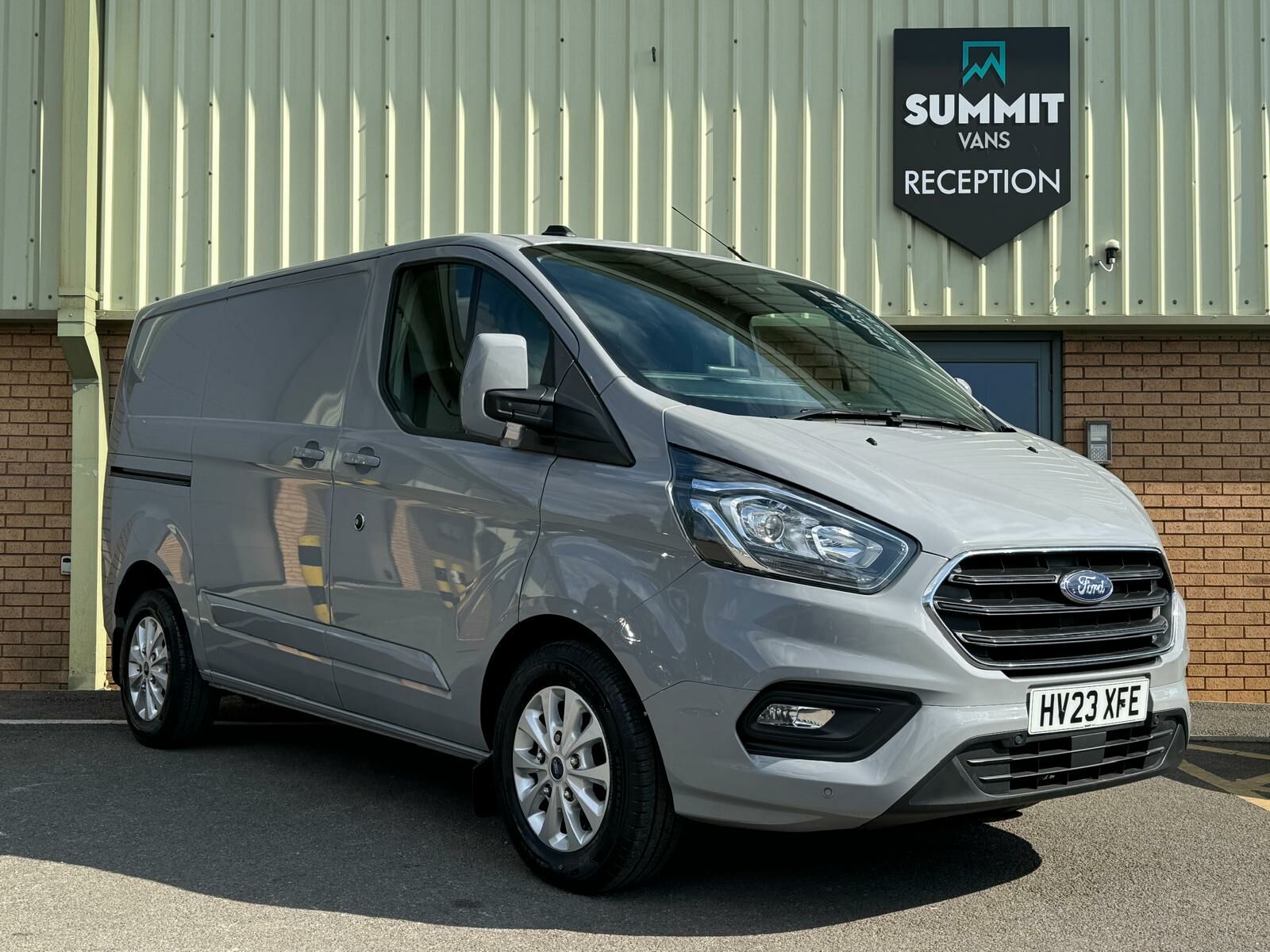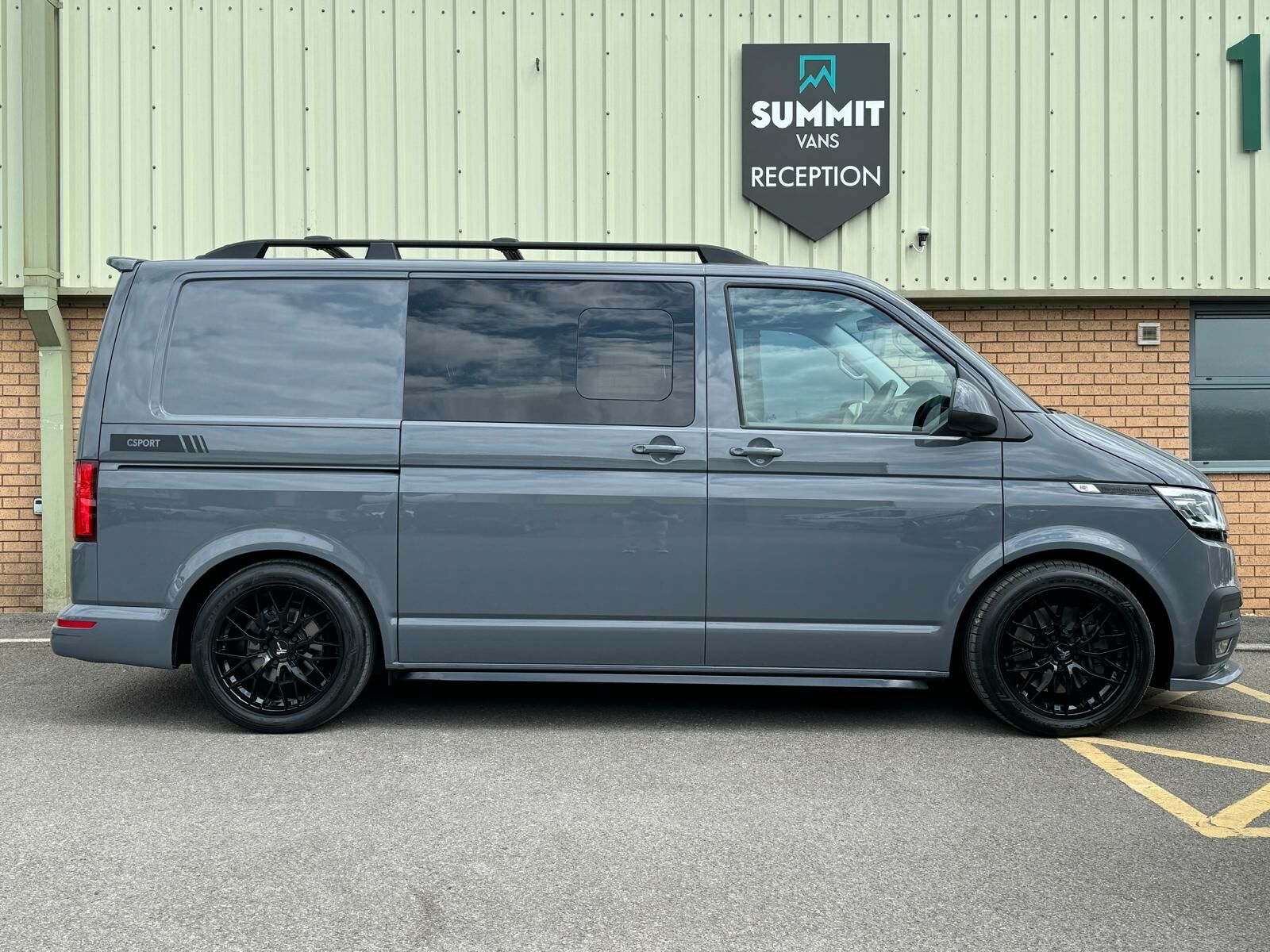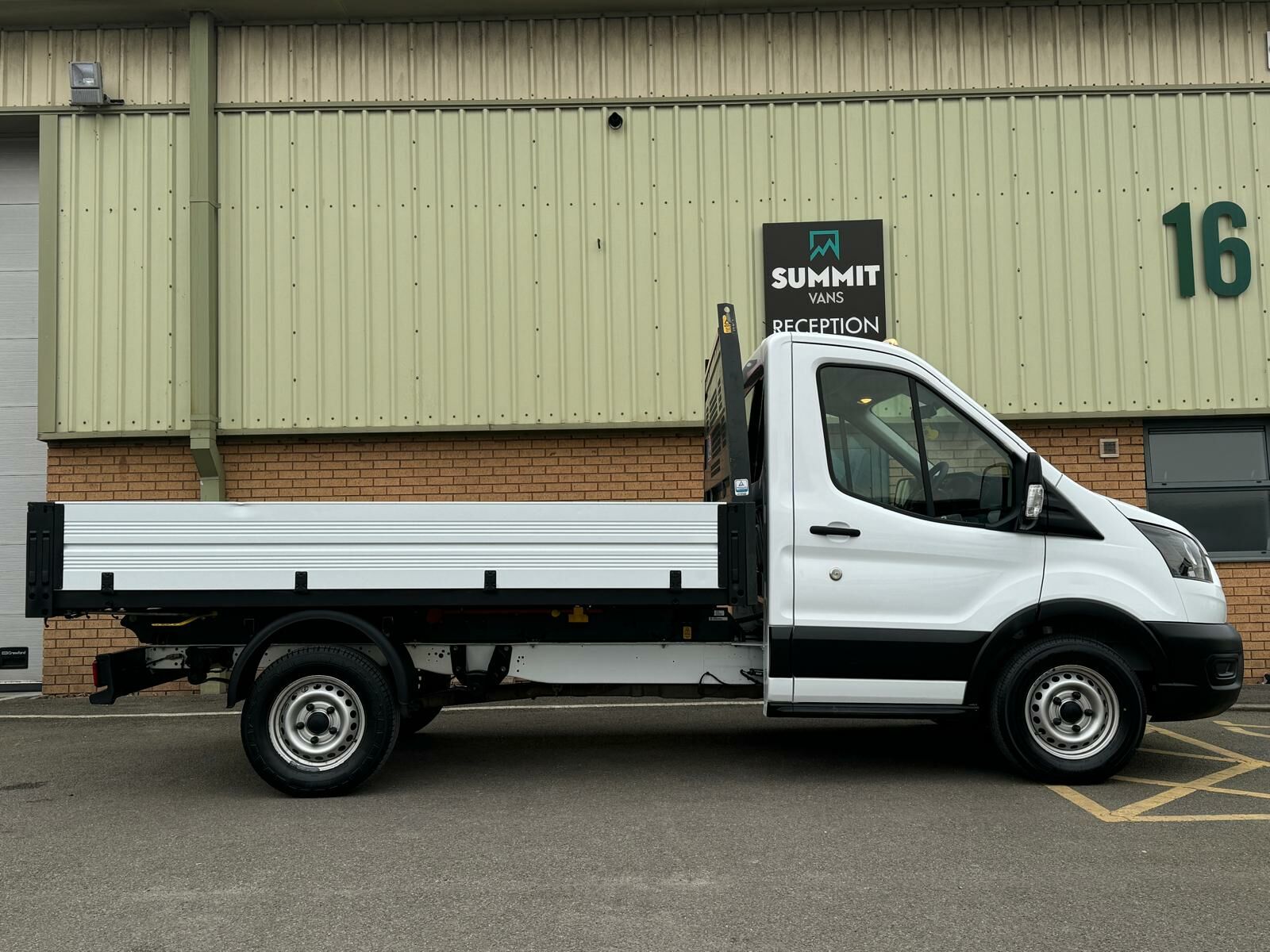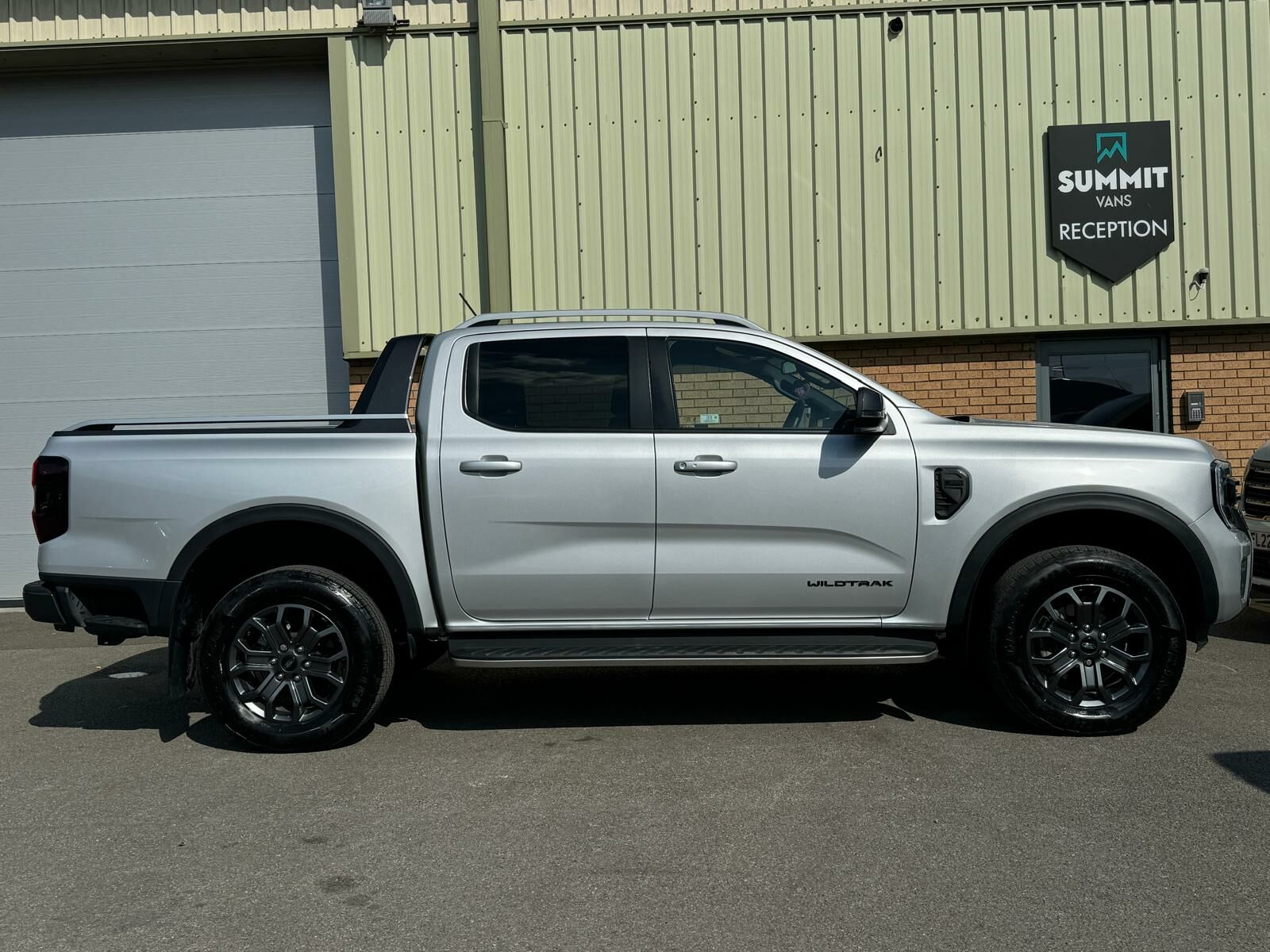Van types and van jargon – it’s a real thing, and it can be confusing, especially if you’re new to the world of vans. It’s a language only those in the know, actually know.
You’re probably here because you’re a potential buyer and a novice to the van game. And we’re here to help you decode the different van types and the terminologies associated with them.
Vans Types
Whilst we trust you’re more than capable of recognising a van, and differentiating it from a car, there are a few different types of vans you should get to know.
The Panel Van

What is a Panel Van?
The easiest way to identify a panel van is by its solid side panels instead of windows. They have a distinct cargo space separate from the passenger area, often with rear and sliding side doors for easy loading.
What are Panel Vans mostly used for?
You’ll often see panel vans being used for delivery services, trades, and courier work due to their windowless design that hides cargo and protects against weather. They are also versatile and easy to customise into mobile workshops or camper conversions.
They are easy to maneuver in urban areas and often more fuel-efficient than larger vans, making them a cost-effective choice for business use.
The Combi (or Crew) Van

What is a Combi Van?
Combi vans serve a dual purpose. With seats for passengers as well as a generous cargo space, they’re popular among small businesses and tradespeople who need to transport both their team and equipment efficiently. The rear passenger seats can often be folded or removed to maximize space too.
What are Combi Vans mostly used for?
With sliding side doors and rear access, loading and unloading are easy enough, making them ideal for family adventures or jobs that require flexibility. A good fuel economy makes them a practical option for city driving as well as long-distances.
The Dropside Van
What is a Dropside Van?
As the name suggests, the side and back panels drop down, making loading and unloading bulky items a breeze. Dropside vans are the solution to transporting stuff that wouldn’t fit easily in a standard panel van.
What are Dropside Vans mostly used for?
Again, a favourite in construction because they handle hefty tools and materials, that make tough jobs a little easier. They’re pretty useful for removal and waste companies too.
Tipper Van

What is a Tipper Van?
A tipper van has hydrolics that let the load area tilt, or tip, at an angle. This makes it easy to dump materials like soil, gravel, or construction debris right where you need them – no shoveling required!
What are Tipper Vans mostly used for?
Tipper vans are a go-to choice for construction and landscaping jobs where fast, efficient unloading is key. They’re robust and durable and made for wear and tear!
The Chassis Cab
What are Chassis Cabs?
A chassis cab is an easy one to spot – look for an open framework at the rear. Built for heavy-duty use, their practical design allows businesses to create the perfect tool for their specific needs with a focus on durability.
What are Chassi Cabs mostly used for?
They’re mostly used in construction, where the cargo bed is an essential feature for loading and transporting equipment and materials. This versatile base allows for various modifications, including flatbeds, box bodies, or refrigerated units, making it adaptable for a wide range of jobs.
The Pick-up

What are Pick-ups?
A pick-up qualifies as a van, although it may be referred to as a pick-up truck. Known for its open cargo bed at the back, sturdy build and higher ground clearance, they are well-suited for tough terrain and heavy loads.
What are Pick-ups mostly used for?
Pick-ups combine the comfort of a passenger vehicle with the utility of a work truck. Such versatility and durability make pick-ups a practical choice for both work and everyday use. They’re popular in landscaping, and other trades that need easy access to tools and materials.
Different Van Type Sizes
Away from the obvious ‘big’ and ‘small’ identifiers, vans fall into two main categories, when it comes to sizes.
Short Wheelbase (SWB)
Basically, a short wheel base (SWB) van is one with a shorter distance between the front and rear axles. More maneuverable and better in tight spaces, but limited to the amount of gear or equipment that can be transported.
Long Wheelbase (LWB)
A long wheelbase (LWB) van has a longer distance between the front and rear axles, allowing for more interior space, improved stability and larger loads. However, they are harder to maneuver in tight spaces or congested areas.
Van Height & Length Codes
Height Codes
If you see an ‘H’ followed by a number in a van description, (like H2, H3, etc.), it stands for height. The higher the codes the taller the model, offering more standing room and increased cargo space.
Length Codes
You guessed it, the ‘L’ signifies the length. One again, the higher numbers indicate longer vehicles, which provide additional cargo capacity to accommodate larger loads or more equipment.
More Van Terminology
Payload – this is the maximum weight a vehicle can carry, including passengers, cargo, and any other equipment. A higher payload capacity is essential for businesses that need to transport heavy loads without exceeding safety limits.
GVW stands for Gross Vehicle Weight. This one is slightly more obvious, once you know what the acronym means. It’s the total weight of a vehicle when fully loaded, including its own weight and the weight of passengers, cargo, and any accessories. It is a crucial measure for handling, braking, and overall safety.
Cargo Volume – the usable space available in a vehicle for carrying goods, typically measured in cubic feet or cubic meters. This measurement helps businesses determine how much equipment, materials, or products can be transported at one time.
Summit Vans
We hope we’ve helped eductae you a little further on van types and the terminology surrounding it. We have a range of van types for sale, whether brand new or second hand, so feel free to come take a closer look or book a test drive with us!
If you’d like to speak to one of the team, to discuss anything in a little more detail, get in touch.
